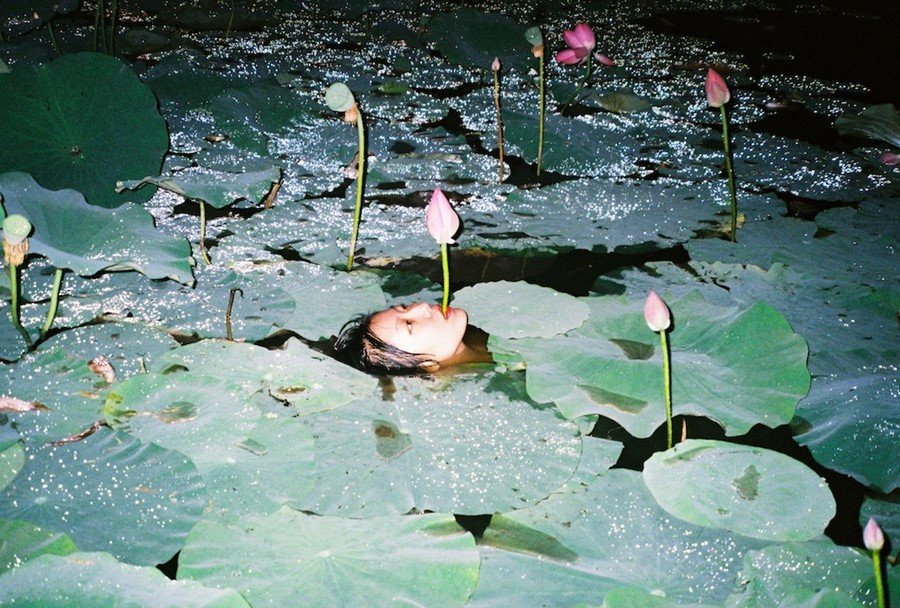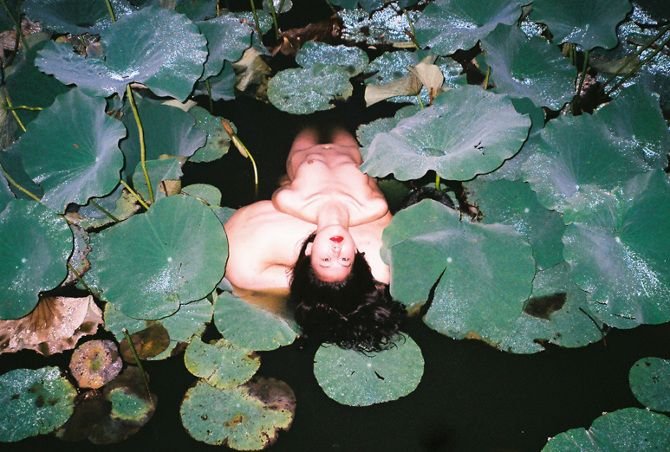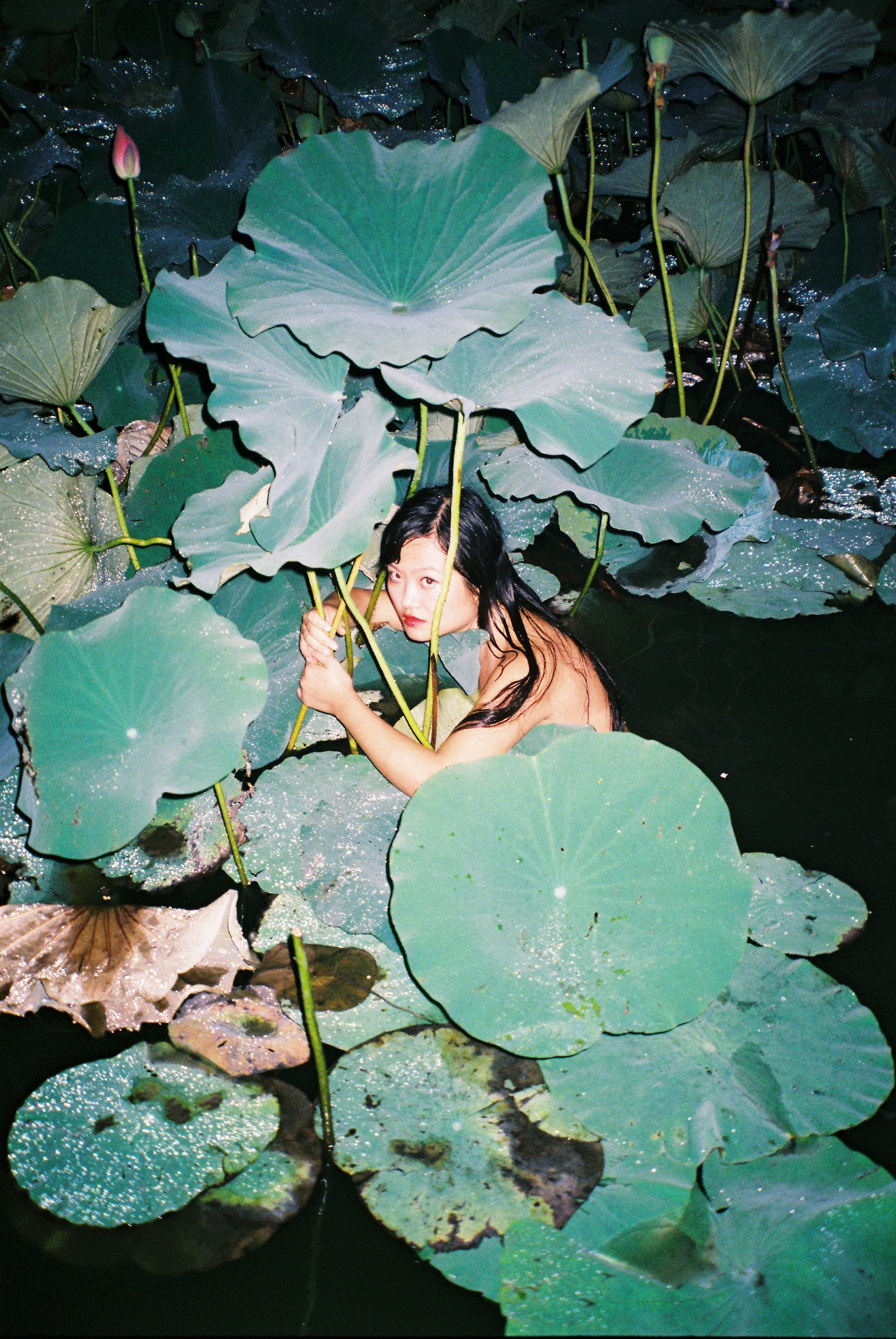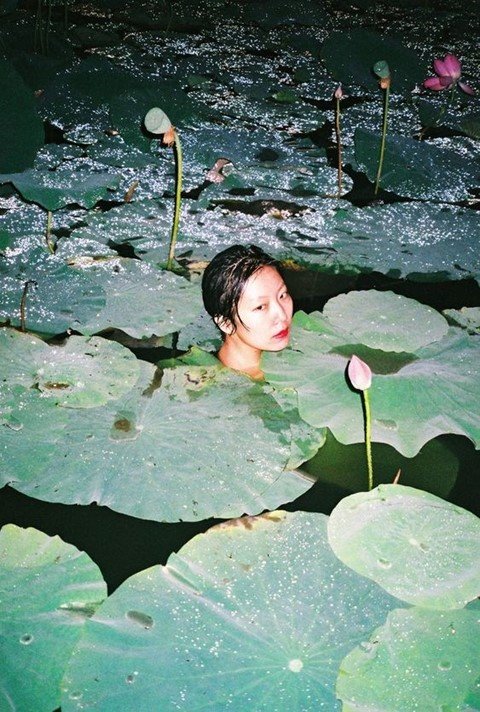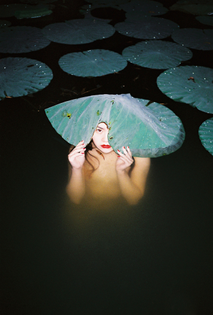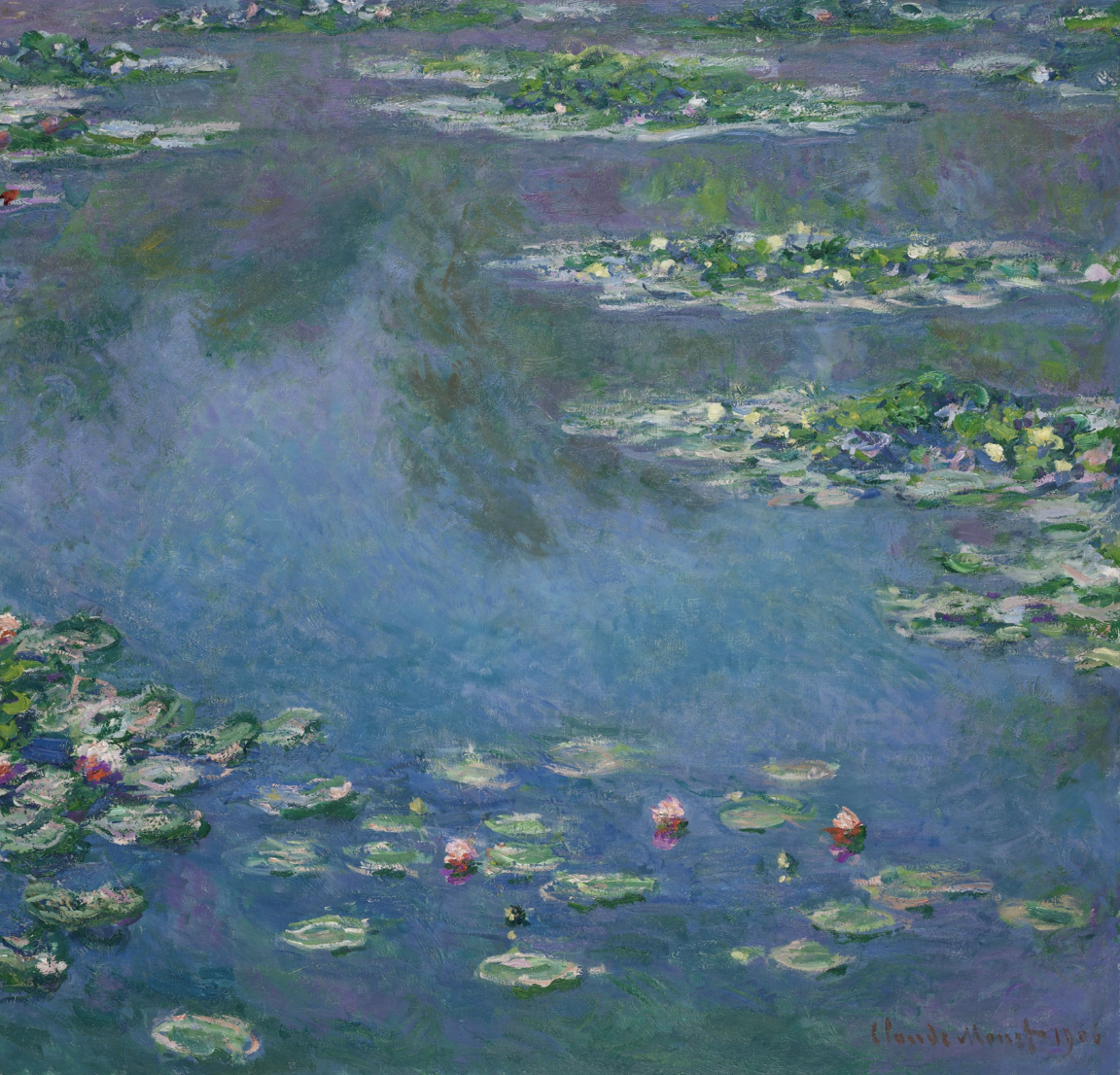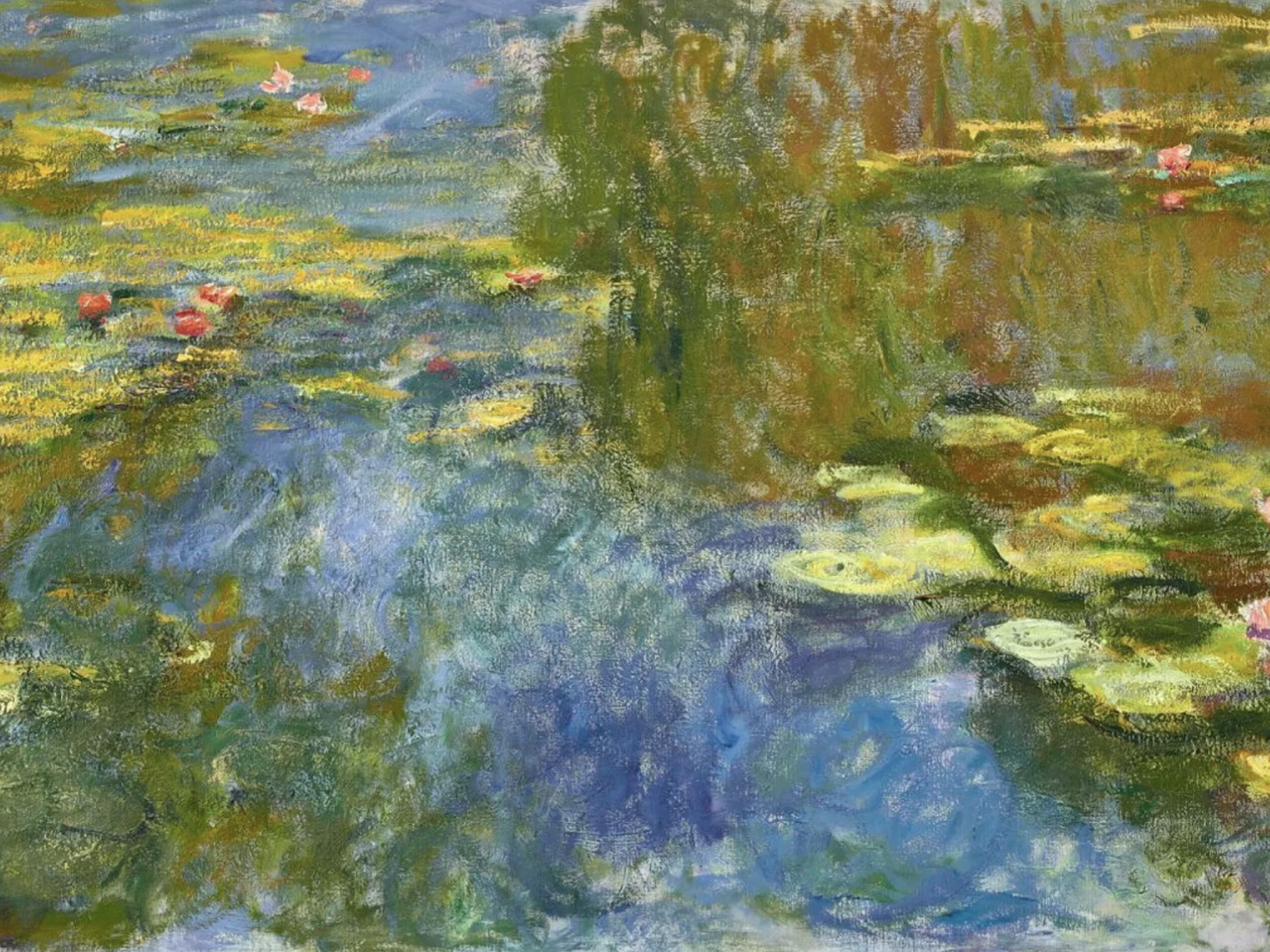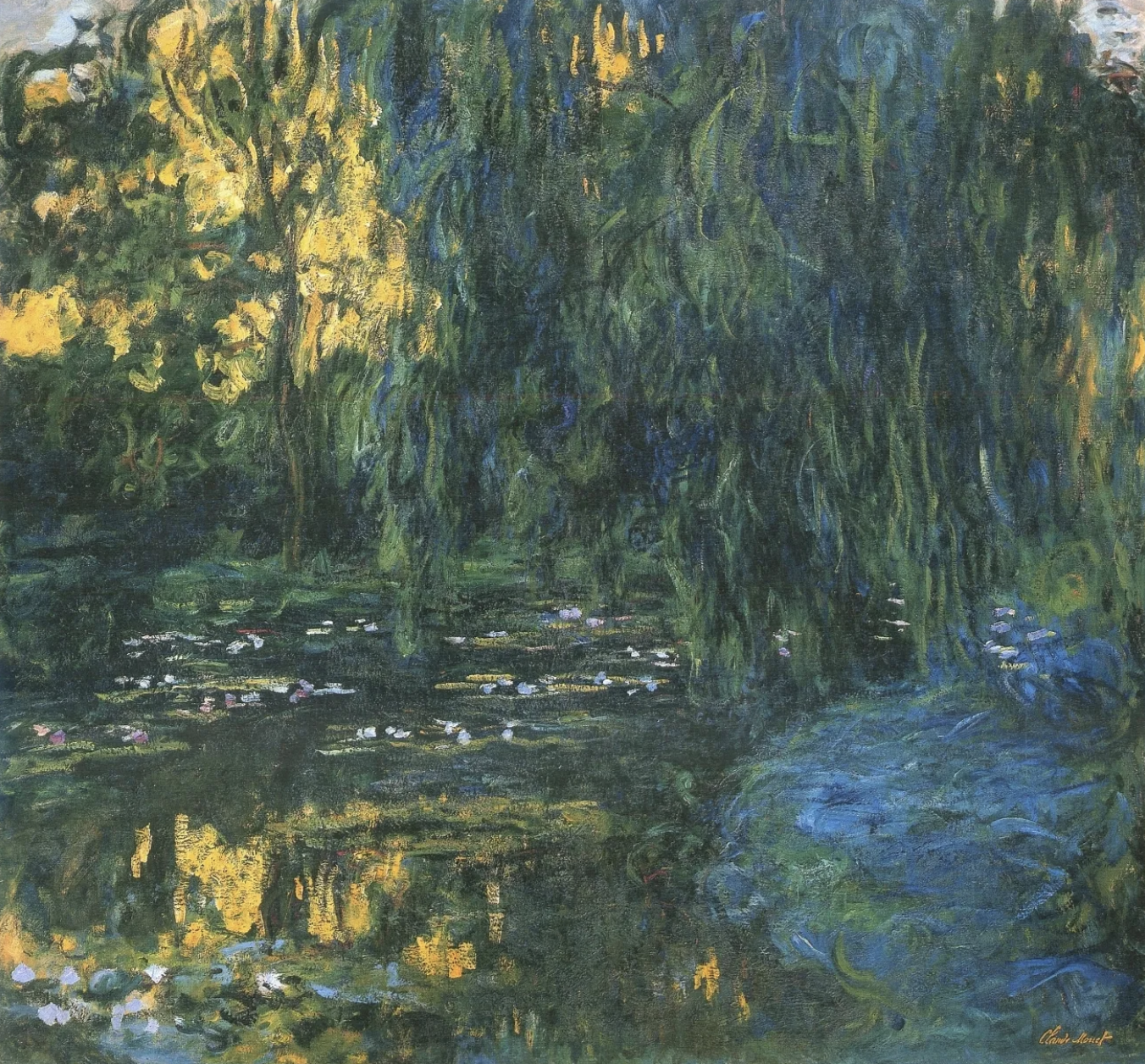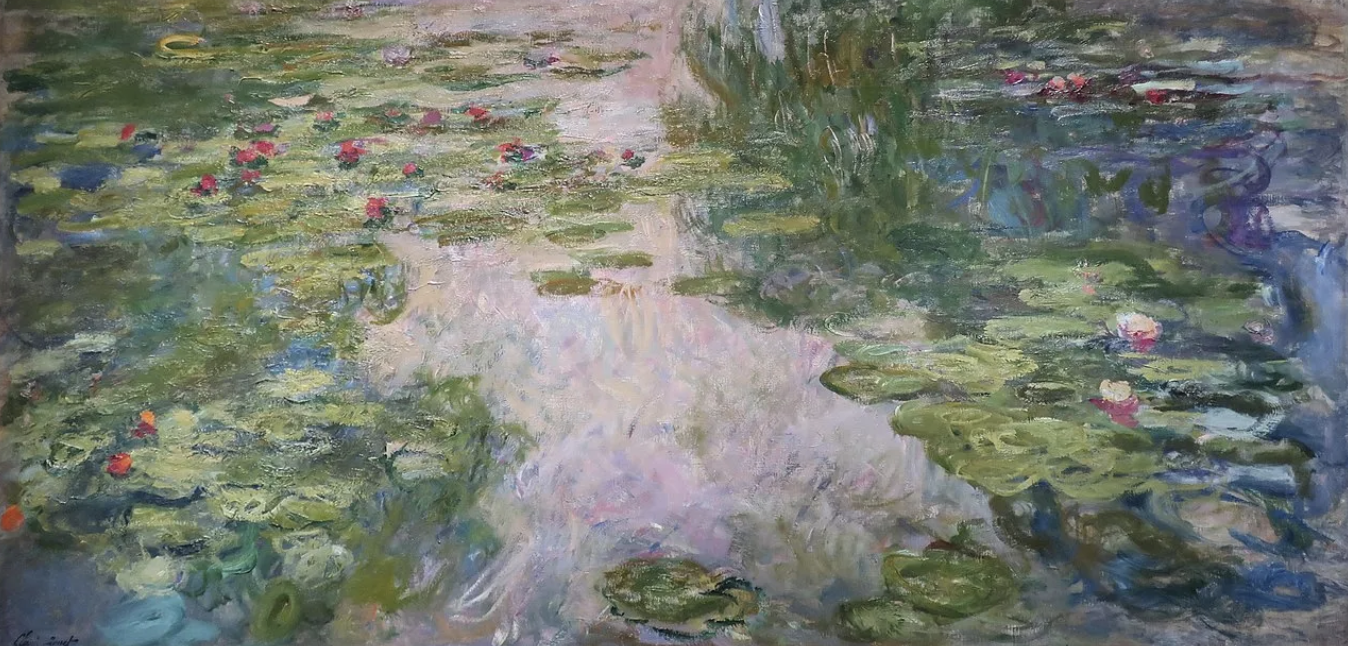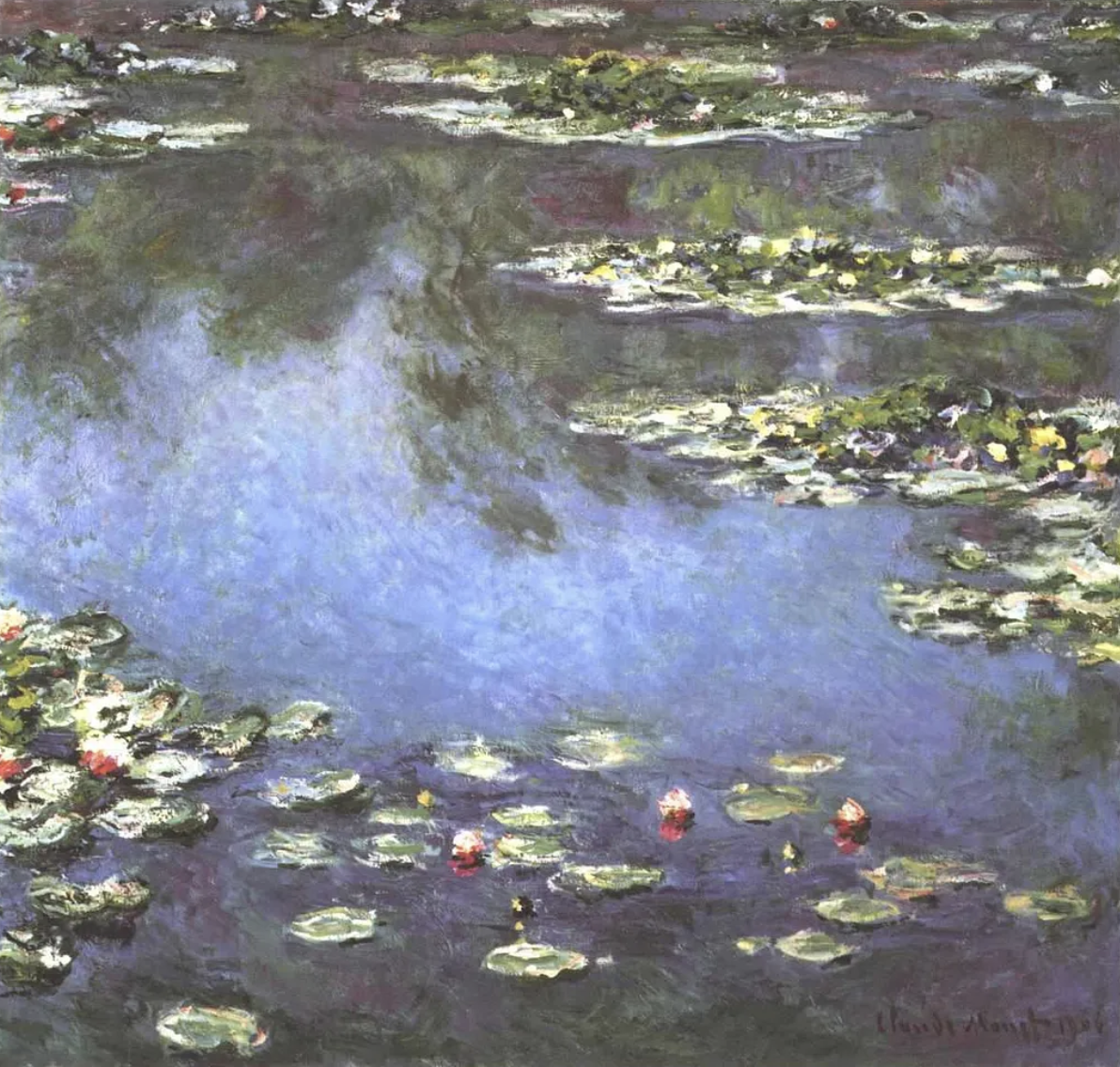A Thought on. . .Ren Hang & Monet’s Lillies
The elusive nymphea has awed , and inspired across cultures for centuries, symbolizing beauty, peace representation of fenniity, peace, beauty, healing. The root ‘’nymph’’, represents a feminine soul that had lived in nature. This feminine and exotic spirit has inspired artists for centuries from the Mayans to the late photographer Ren Hang, and perhaps most famously Monet.
REN HANGS WATER LILIES SERIES
Hang's work utilized the Nympheas ties to the sensual feminine spirit in nature. The sense of playfulness in the pale dark-haired women in his images hiding and merging with the large pink Chinese lotus leaves, some floating pale bodies glowing under the murky water and others with just an eye peeking above the surface.
The scene of women expressing freedom only enjoyed in ancient Greek culture by mythical beings, like the nymphs lending the flowers their name or Hetaera with mythical reputations lends a thought on a retelling of Echo and Narcissus or the more culturally relevant, the long poem by Cao Zhi “Nymph of the Luo River”
The red lips of Hang’s nymphs, a common thread in his work, add a daring layer, emphasizing the boldness of these women and Hang in the series creation, which challenged the censorship and conservatism in his native China. Although, Hang did assert ”My pictures’ politics have nothing to do with China. It’s Chinese politics that wants to interfere with my art,”
MONETS LILLIES
Between 1897 and 1926, Claude Monet painted approximately 250 waterscapes of his favorite subject towards the end of his life: Water lilies. The artist once said of the water flowers: “One instant, one aspect of nature contains it all.” The cool and earthy surface of the lake dances with light and the life of the white and pink blooms of the lilies and offactional foliage of the surrounding garden transforming in shades and atmosphere by season or the status of Monet's sight. These famed works almost didn’t exist due to the resistance of the French government over concern of the oriental plants poisoning their pristine European landscapes.
While ecological disturbances are a valid concern, it was quite ironic the French so deeply feared the invasion of their native lands and the introduction of foreign influences at a time when they just closed the chapter on a brutal campaign in “Indochina” and Orientalism was at its peak in Europe with the abundance of looted goods being exported to adorn the stylish homes and people of its elite.
